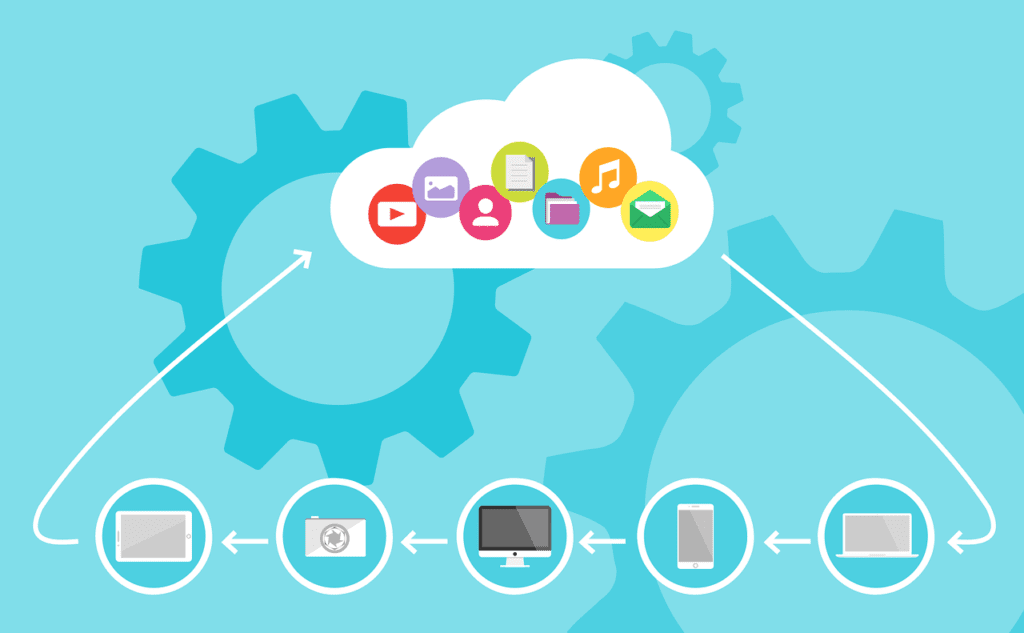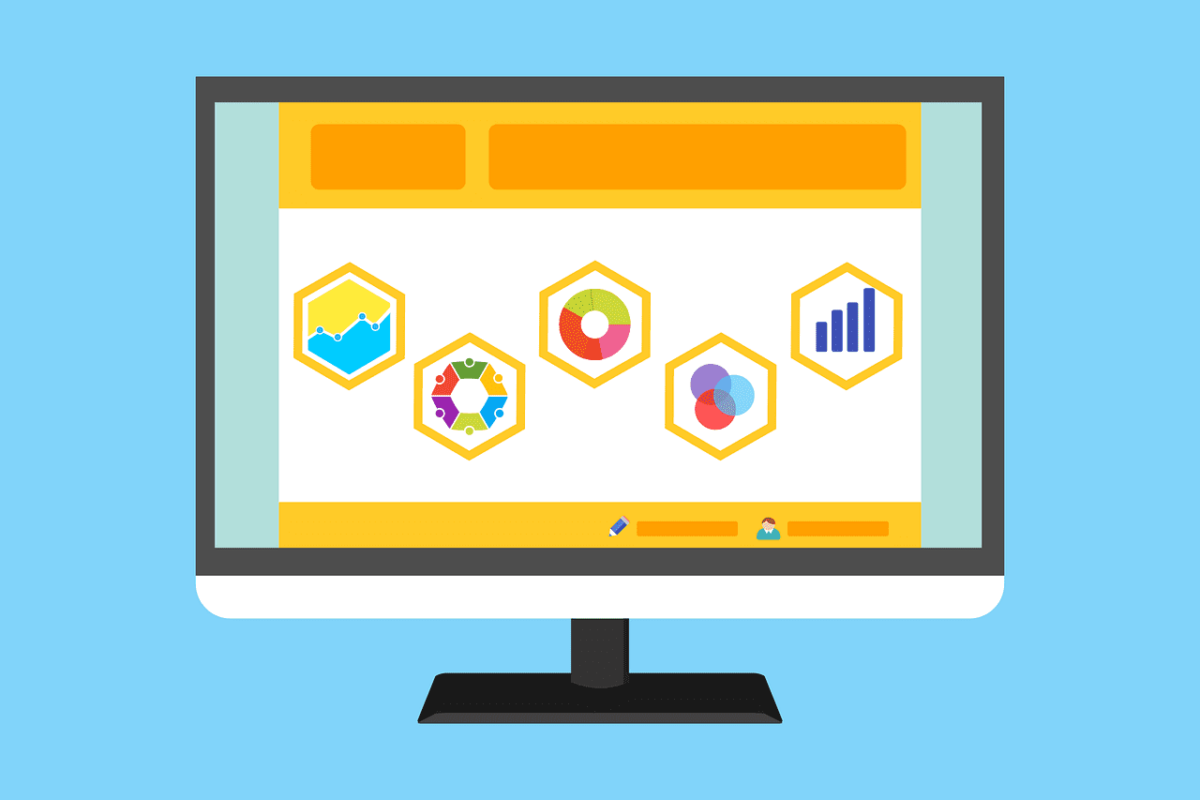Real-time streaming is a powerful tool that allows companies to harness real-time data and make better decisions. But what are the benefits of using real-time streaming for customer data? In this blog post, we’ll explore five of the top advantages of using real-time streaming for customer data.
Post Contents
What Is Real-Time Streaming?
Real-time streaming is a data processing technique that allows you to process data as it is being collected. This differs from batch processing, where the data is stored and processed later. With real-time streaming, you can react quickly to business conditions changes and make decisions faster than with batch processing.
Usually, companies use a customer data platform to stream data in real time. A customer data platform is a software tool that stores and analyzes customer data and makes it available for other business applications, such as marketing automation or customer experience management (CXM).
Top 5 Advantages Of Real-Time Streaming For Customer Data
Previously, businesses found it hard to stream customer data in real time because they had to install expensive hardware and software.
However, this is no longer the case: today’s cloud technology allow companies to stream real-time data from anywhere. Here are five significant benefits of streaming customer data.

1. Real-Time Data Accumulation
Real-time data accumulation is the process of collecting data in real time. This can be done for various purposes, including monitoring customer behavior and server loads.
Real-time data accumulation allows you to observe how your customers interact with your brand and products so that you can provide them with excellent service and give them exactly what they want.
Real-time monitoring allows businesses to identify trends among their customers’ actions, then use this information to understand better why they behave the way they do.
It also enables companies to identify potential problems before they become significant issues, allowing them to fix those problems before they cause damage or loss of revenue.
2. Improved Data Governance
Data governance ensures that data is created, stored, and used in compliance with business policies, legal requirements, and organizational standards. Data governance helps ensure that data is accurate, reliable, complete, and consistent.
Data governance is a critical part of data management because it ensures organizational consistency across all information systems—without this consistency, your organization won’t be able to get a clear picture of how its customers engage with its products or services.
3. Better Data Modeling
Real-time streaming can be used to validate your data model before you start using it in production. This is especially helpful if you’re new to a company and don’t have access to all the historical data necessary to develop a robust data model.
A critical aspect of creating a robust, easy-to-use real-time streaming solution is ensuring you create an accurate schema for each type of event being streamed. This generally means creating one event for each record being sent into storage.
For example, if you have five different types of events coming in from different sources (e.g., website visits or product clicks), then there should be five corresponding event schemas stored in one table or column family in HBase, with each containing columns representing distinct properties associated with that type of event.
A well-designed schema will allow you to query data easily and provide flexibility for future changes in your business requirements.
4. Easy Integration With Existing Systems
The last benefit of real-time streaming that we’ll explore is the ease with which it integrates with existing systems. For example, if your company has an existing data warehouse or big data platform, you can easily stream customer data from your real-time streams into that system.
This can help reduce the amount of time and money needed to integrate new datasets into your existing infrastructure by as much as 50%. Another way real-time streaming provides ease of integration is by allowing multiple systems to be connected at once through APIs (application programming interfaces).
APIs are essentially programming languages for computers—they allow one computer system to talk directly with another computer system over the internet. This means that the two companies could simplify their integrations by creating API endpoints where they each exchange information in a format they both understand.

5. Scalability And Ease Of Use
Scalability is a huge benefit of real-time streaming, as it allows you to quickly and easily scale your data usage.
As your business grows, so does the amount of data you need to keep track of. Real-time streaming will allow you to increase capacity without worrying about downtime or adding additional infrastructure.
Ease of use is another crucial benefit of using real-time streaming technology. This can be especially useful if your company lacks expertise in analytics tools and has difficulty navigating them effectively without an expert consultant or developer assistance.
In addition, real-time streaming makes it easier for inexperienced users who may be more comfortable with simpler interfaces.
Conclusion
This is why real-time streaming has become so popular in this day and age. It can help businesses differentiate themselves from competitors, get insights into customers’ needs by listening to what they say, and create more personalized experiences for them.






























